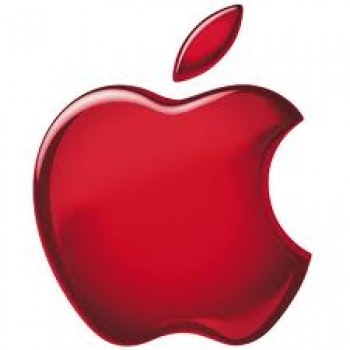With Apple Inc. (NASDAQ:AAPL)‘s new iPhone expected out Sept. 10, the Internet is abuzz with rumors and hopes for the new smartphone. Among those rumors — as noted by our own tech chief — are a cheaper “5C” model, a gold case, and even a fingerprint sensor. But lost in the shuffle may be a more prescient question for investors: Who really cares?
Certainly, there will be the usual legions of Apple Inc. (NASDAQ:AAPL) fanboys lining up for the new phones, but every new iPhone upgrade seems to bring diminished returns. Like an asymptote, the phones seem to be approaching peak utility, a point at which Apple can make changes and additions to the iPhone, but the usefulness of the iPhone will only be marginally improved, if at all.

A major reason for the decline in the iPhone selling price has been the sustaining popularity of the iPhone 4. In fact, sales of the older model in Apple Inc. (NASDAQ:AAPL)’s most recent period accelerated as the company lowered the price of the phone in some emerging markets. Apple also guided for gross margin to remain in that low range of 36%-37%.
The negative sentiment following the iPhone 5’s debut and reports of flagging consumer demand, after all, are what caused Apple Inc. (NASDAQ:AAPL) shares to fall off a cliff over the past year. Notably, consumers are also opting for iPhones with less storage, as the average amount of storage purchased fell from 30 GB on the iPhone 4S last October to just 20 GB on the iPhone 5 the following quarter. A survey by Consumer Intelligence Research Partners found that older models had accounted for half of all iPhone sales since the iPhone 5’s launch, but during the 4S’ product cycle, older iPhones made up just a third of sales.
A short history of iPhones
Viewed individually, the models following the original iPhone are not nearly as spectacular as the phone itself, which introduced consumers to both the touchscreen interface and the app ecosystem, which has been so successful that are now nearly 1 million apps available for iOS and Android. Of course, speed, camera functionality, and processing ability have improved steadily along the way, as smartphone data networks have gone from novel to an everyday need, but the stand-alone additions to each phone are rather minor in comparison. The most significant of those seem to have been FaceTime, made possible through the front-facing camera available on the iPhone 4, which Apple Inc. (NASDAQ:AAPL) has been touting in its latest ad campaign; Siri, the intelligent personal assistant that arrived with the 4S; and the larger screen on the iPhone 5, which allowed for an additional row of apps, getting the iPhone’s screen size closer to SAMSUNG ELECT LTD(F) (OTCMKTS:SSNLF)‘s Galaxy line.
Where’s the magic?
With the introduction of the iPhone 5S, Apple Inc. (NASDAQ:AAPL) will enter its seventh generation of smartphones. Consumers are hoping to see a bit of magic come out of Cupertino once again, but raising the bar becomes more difficult when the company set it so high to begin with and has already had to lift it so many times since. Some of Apple’s recent announcements, including the redesign in iOS7, which includes pastel-colored, flat-looking icons, do nothing to improve performance, and simply seem to be change for the sake of change.





